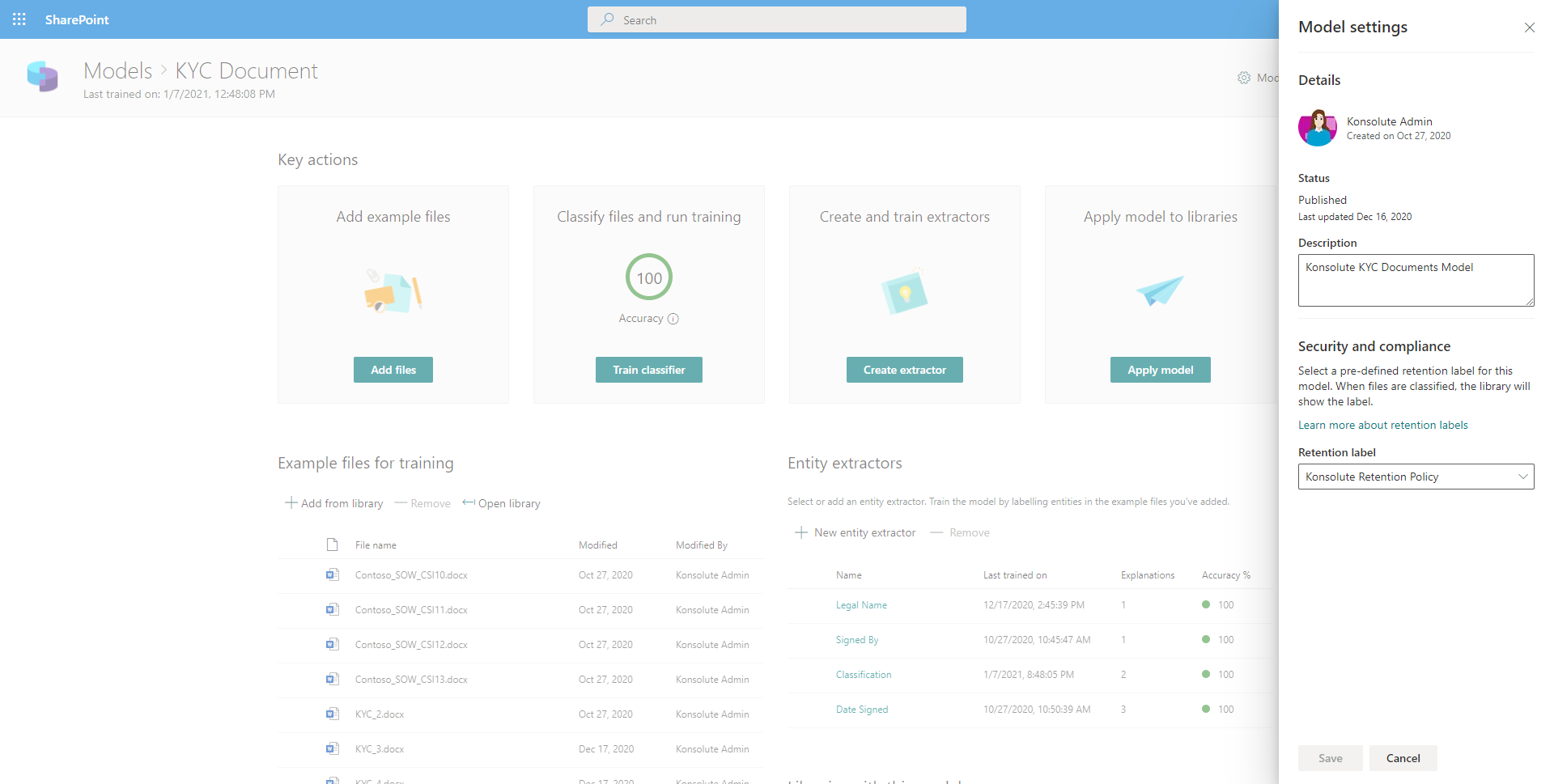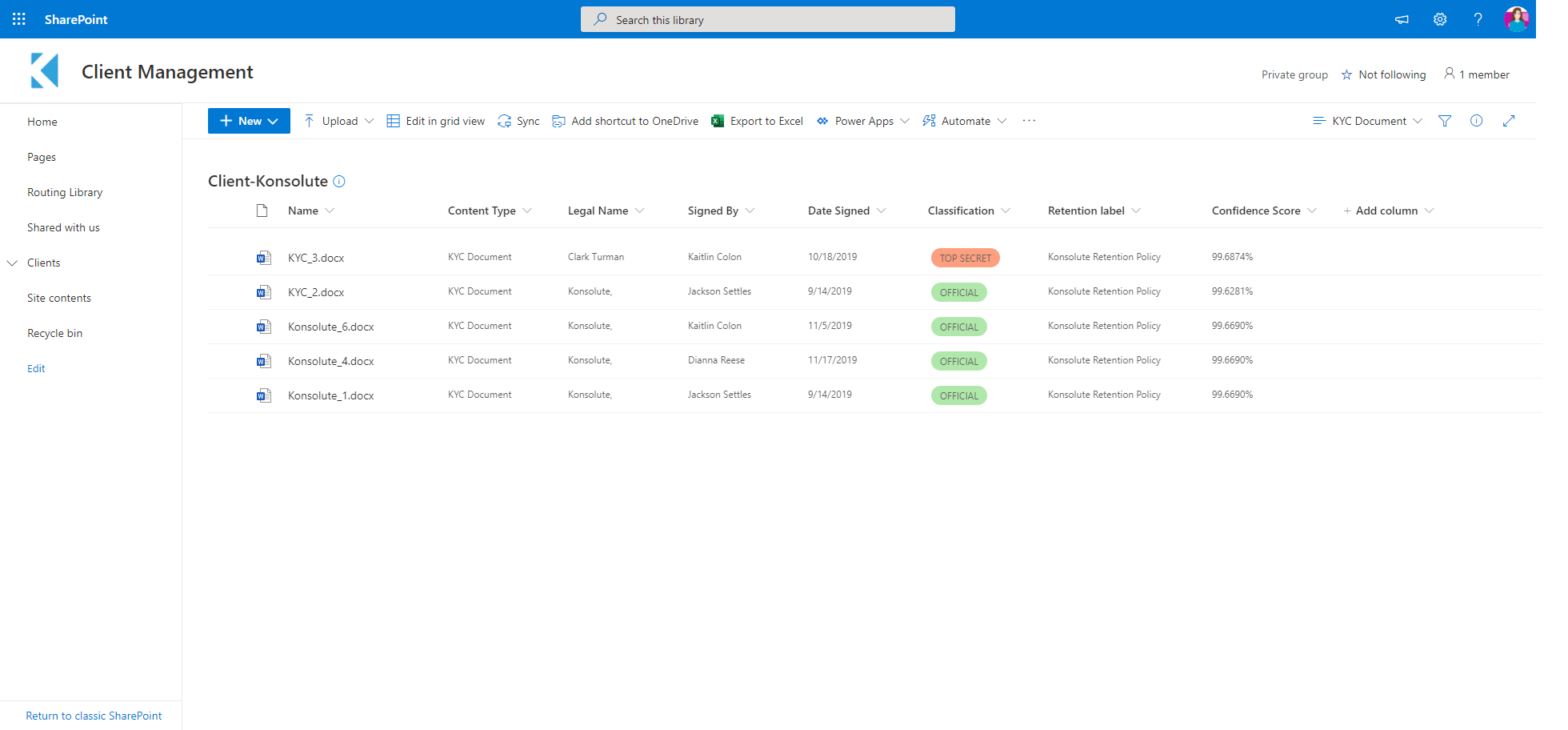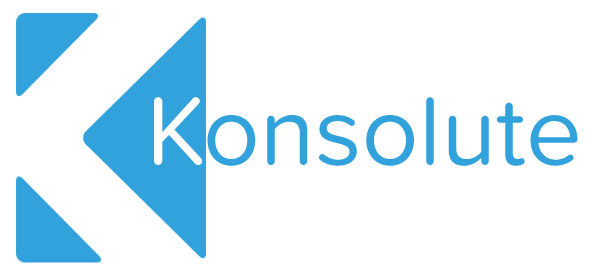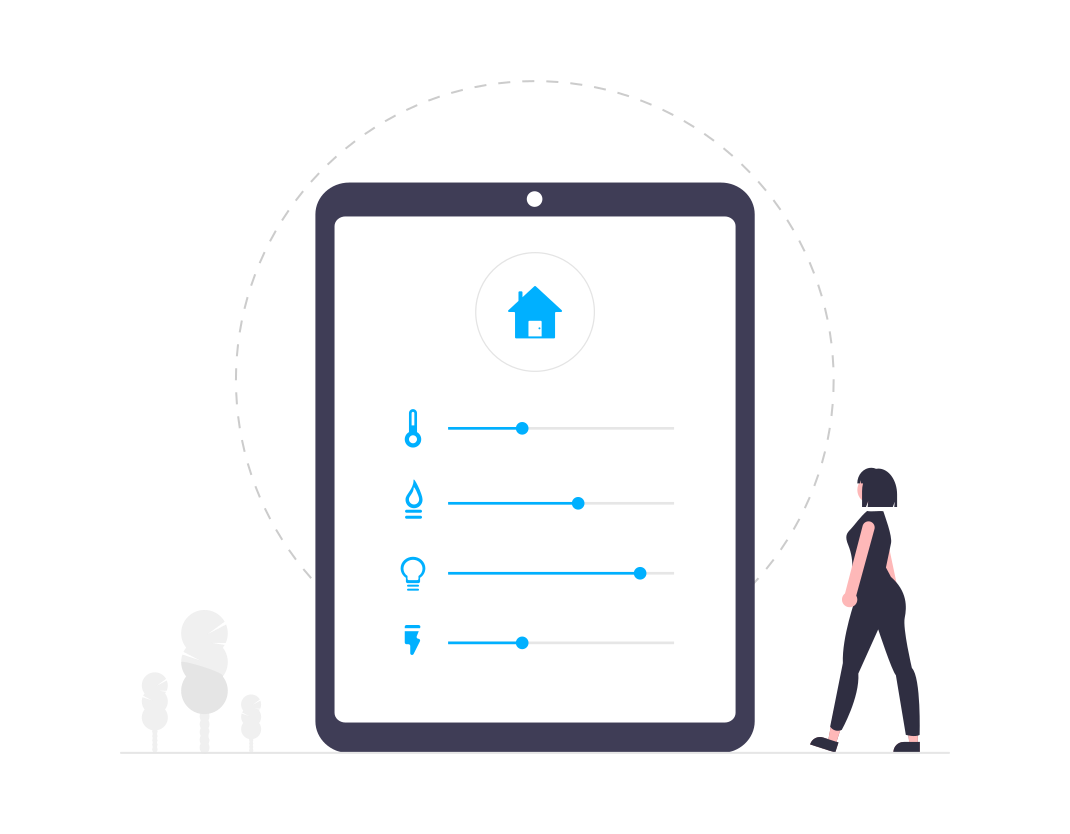Intelligent workplace series
How can I use SharePoint Syntex to Automatically Apply Retention Settings and Archive my Files?
At this point, we’ve heard a lot about Microsoft SharePoint Syntex and how it revolutionises our content management and discovery processes (have a look at our previous articles here to read up on the fundamentals of SharePoint Syntex). Now that we know how Syntex works to sort and tag our content, but what about more complex issues such as the lifecycle of organisational data? Well, I’m sure you won’t be surprised to hear that SharePoint Syntex also has you covered in that regard.
What is a Retention Policy and How does it Work?
Firstly, what is retention and how does a retention policy work? As the volume and complexity of data increases across most organisations, it is becoming ever more important to effectively govern (or manage) this information. This helps in a number of ways, including helping an organisation comply with internal policies and industry regulations determining the amount of time content must be kept for, reducing the risk of a security breach or litigation by permanently deleting old content that is no longer needed to be kept, and helping your organisation work more effectively by making sure that users are working only with content that’s current and relevant. Configuring organisational retention settings can be the key to achieving these goals. Retention setting consist of two key actions: retaining content so that it cannot be permanently deleted prior to the end of the retention period, and deleting content permanently once it has reached the end of its retention period. With the use of these two actions, we can configure retention settings for the following three purposes:
- Retain-only: retain content forever or for a specific period of time.
- Delete-only: delete content after a specific period of time.
- Retain and then delete: retain content for a specific period of time before deleting it.
These retention settings work with content saved in any location across the organisation. This means that, once the settings are configured, there is no need to create extra storage for the retention of content for compliance purposes, nor do you need to implement customised processes to copy and synchronise the data across locations. All in all, applying retention policies to your organisation’s data, whether that be in SharePoint or elsewhere (such as your Exchange mailbox or Teams and Yammer messages), is a very handy way of ensuring that your content is kept for the right period of time.
Retention settings have little effect on a user’s experience with the information to which they are applied. When content has retention settings applied to it, that content stays in its existing location, allowing users to continue working on and referring to their documents like nothing’s changed. Even when a user edits or deletes a SharePoint document which is included in the retention policy, a copy of the content is automatically retained in something called a Preservation Hold library. This is a secure location where retained content is preserved, invisible to most users. In the majority of cases, users do not even know that their content is subject to retention settings. This ensures that users can proceed with their work as usual and are not impeded by the retention policies applied to the data they work with.
What is the Difference Between Retention Policies and Retention Labels?
So that’s a retention policy, but what about a retention label? The difference between the two is actually pretty simple. Whilst a retention policy is used to assign the same retention settings to content at a site level, a retention label is used to assign retention settings at an item level (e.g. document or folder). Say you want all the documents in a SharePoint site to be retained for 3 years. It makes far more sense to apply a retention policy to this entire site than to go through it applying the exact same retention label to each and every document. However, if some of the documents on the site need to be retained for 7 years rather than 3, specific retention settings need to be applied at an item level, requiring retention labels. On top of this, retention labels have the following capabilities that retention policies do not:
- The settings from retention labels travel with your content when it’s moved to a different location in your Microsoft 365 tenant;
- The option to start the retention period from when the content was labelled or based on a particular event rather than the age of the content or when it was last modified;
- Apply a default label for SharePoint documents;
- Support a disposition review to review the content before it’s permanently deleted;
- And, use trainable classifiers to identify content that should be labelled.
So How Does SharePoint Syntex Help the Application of Retention Labels?
Retention labels can be easily applied to a document understanding model in SharePoint Syntex. A document understanding model is a Syntex model trained to classify a particular content type within your SharePoint library which, once applied to a SharePoint document library, the model recognises its associated content type and stores the information being extracted in columns.

Associating Retention Settings with a Document Understanding Model in Syntex
Retention labels let you apply retention settings to the documents that your document understanding models identify. For example, if you have a model that identifies invoices when they’re uploaded to the document library, you can tell Syntex to also apply a Finance retention label to the files so that they cannot be deleted from the document library for the specified retention period. Pre-existing retention labels can be applied to your document understanding model, ensuring that all content identified by your model is seamlessly integrated with your existing documents’ retention settings.

Retention Automatically Applied to a Syntex Document Understanding Model
So we can see how Syntex allows you to automate the entire process of applying labels to your documents, ensuring that no file is missed when it comes to your organisation’s retention policies. A properly applied retention policy is a crucial part of managing and protecting important data within your organisation to prevent any potential criminal, civil, or financial penalties that can be caused by bad data management practices.
Did you know that you could be eligible for a free SharePoint Syntex Discovery workshops? See how your organisation can revolutionise your workplace through AI
3 key trends that prove workflow automation is the key to combating poor employee experience.
April 8, 2022
This weeks discussion is finance, the finance cloud and the AI that’s driving modernisation. Blockchain and mobile…
The latest from Microsoft on the future of Modern work, the 2022 Work Trend Index and an exciting road map to make hybrid work work.
March 28, 2022
This weeks discussion is finance, the finance cloud and the AI that’s driving modernisation. Blockchain and mobile…
AI, apps and cloud banking are shaping the investment and banking institutions we all know so well. So, how is the finance sector taking all of this increased accessibility and actionable data and using it for good?
February 22, 2022
This weeks discussion is finance, the finance cloud and the AI that’s driving modernisation. Blockchain and mobile…
A new united Nuclear Waste Service, Hinkley Point C and the pressure of Net Zero.
February 16, 2022
Today we’re discussing the UK’s efforts to manage radioactive waste and the Nuclear landscape the UK government is…
We’re working with the Nuclear Sector and playing our part in the UK’s Journey to a cleaner energy future.
February 3, 2022
Investment in new nuclear capacity is essential to the UK hitting net zero. Building our Nuclear offering will ensure a…





